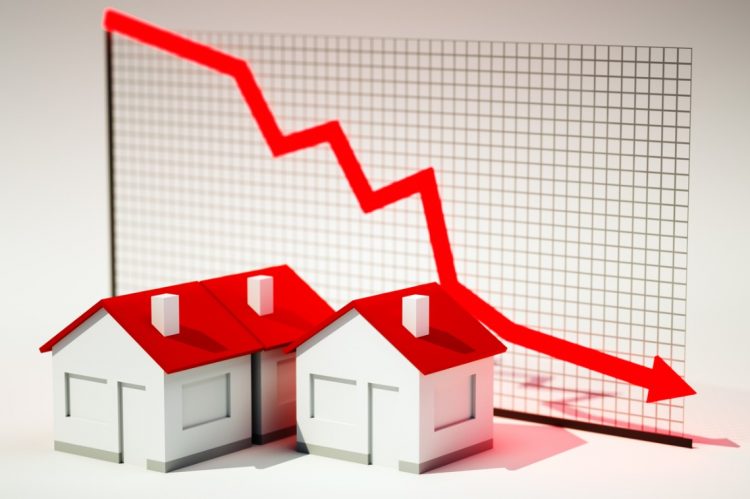Due to rising mortgage rates and a lack of inventory, new-home sales saw a drastic 8.7% dip in August, according to a new report from the National Association of Home Builders (NAHB).
NAHB reported, using data from the U.S. Department of Housing and Urban Development and the U.S. Census Bureau, that sales of newly built, single-family homes were at a rate of 675,000 in August. While down month-over-month, sales are up 5.8% from a year ago.
“Sales weakened in August with average mortgage rates above 7%,” said NAHB Chief Economist Robert Dietz. “While some builders were able to offset that effect via mortgage rate buydowns, rates moved higher this month, suggesting the pace of new-home sales will weaken further for September.”
The data:
- New single-family home inventory in August was 436,000, down 5.2% compared to a year ago. This represents a 7.8 months’ supply at the current building pace.
- Of the total home inventory, including both new and resale homes, newly built homes represent an elevated share of 31% of those available for sale, and nearly 16% of total home sales in August were new homes.
- The median new-home sale price in August was $430,300, down roughly 2% compared to a year ago. Pricing is down both due to builder incentive use and a shift toward building slightly smaller homes.
- Regionally, on a year-to-date basis, new-home sales are up 4.8% in the Northeast, 4.4% in the Midwest and 1.9% in the South. New-home sales are down 0.5% in the affordability-challenged West.
“Builders continue to grapple with supply-side concerns in a market with poor levels of housing affordability,” said Alicia Huey, chairman of the NAHB. “Higher interest rates price out demand, as seen in August, but also increase the cost of financing for builder and developer loans, adding another hurdle for building.”
“Builders are being more cautious about managing their inventory in this rising rate environment, added Dietz. “A year ago, 10% of the new-home inventory listed for sale consisted of homes that had not yet started construction, and that share has now risen to 17% of the total inventory.”












